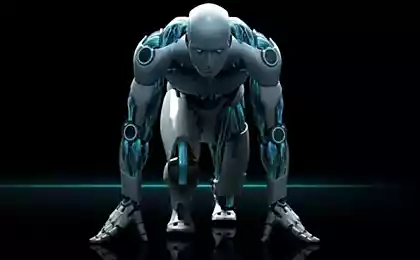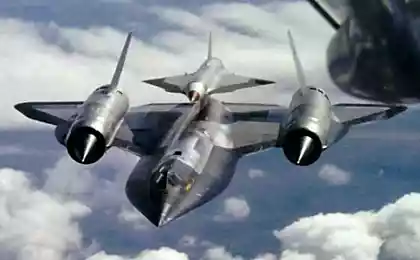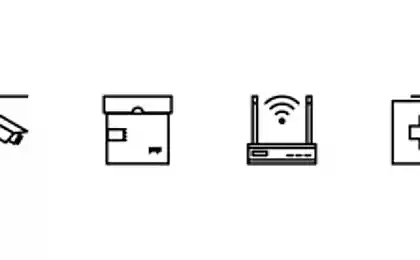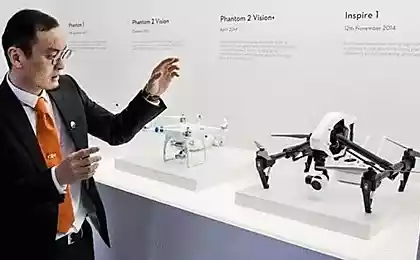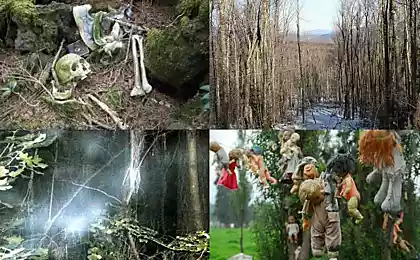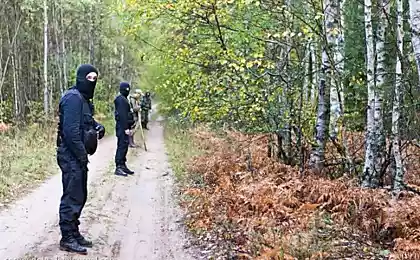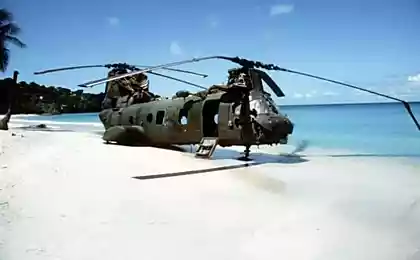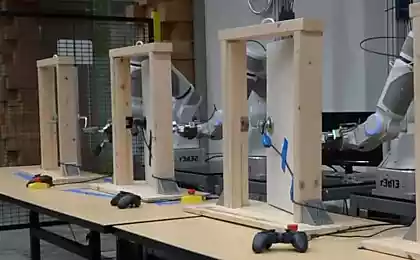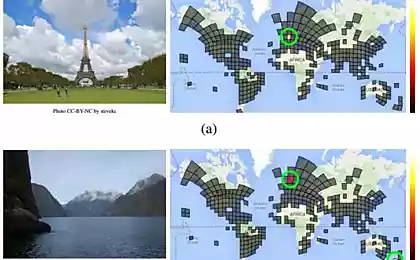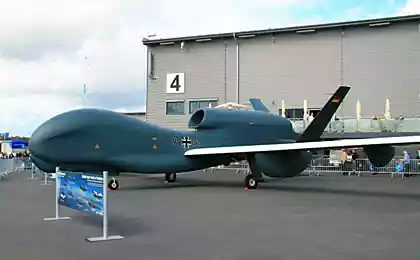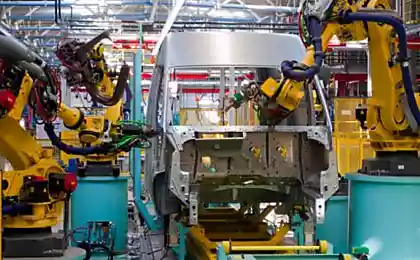687
Drones have learned to look people in the forest
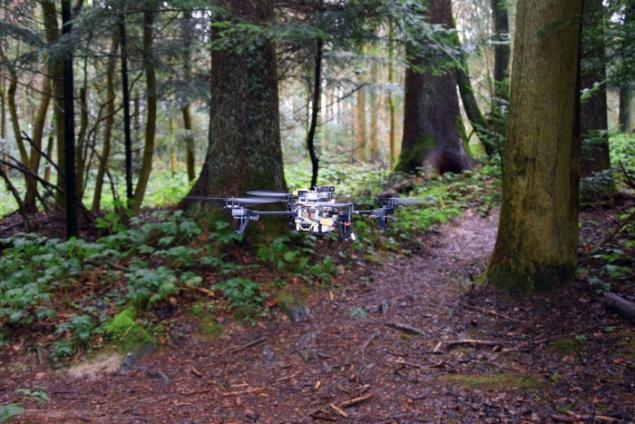
As is known, in the deep woods is easy to get lost. If there is no mobile phones or sat phone battery, the inexperienced traveler can get lost and die of dehydration. Fortunately, in the future this will happen less often: scientists from the University of Zurich and colleagues from the University of Italian Switzerland and the University of Applied Sciences and Arts of Southern Switzerland developed a программное software based on neural network deep. With the help of robots, drones are on their own to find people.
SF fans is also nice, because the pursuit of the robot to a man who is hiding in the woods, played up in many works. And now it's not a fantasy.
The key technology here - recognition of forest trails. Scientists were able to train the neural network to such a level that it detects the direction of the trail in 85% of cases, that is even better person (82%). For training the neural network researchers made 20 000 photos of forest trails, a few hours wandering through alpine forests with cameras on their helmets.
"While unmanned vehicles at high altitude are already used in practice, drones until you can fly autonomously in such a complex environment as the dense forest. In such an environment, any small mistake leads to an accident, and the robot needs a powerful brain to recognize the complex world around "- said Professor David Scaramuzzo (Davide Scaramuzza) at the University of Zurich
.
The developed program runs directly on bespilotnike analyzing video from two cameras on board.
The robot will follow the trail until, until it finds a person or until it reaches a non-return point for battery life (3-4 km in one direction should be enough). To hide from it quite easily at this stage of technological development, but the program's developers are considering it as a major rescue operation, when a man does not hide but rather wants to be found. Every year, thousands of people lost in the woods and mountains: in Switzerland alone to rescue services annually receives about 1,000 calls from stray or injured tourists to ask for help. Drones can greatly facilitate the work of rescue teams, if the coordinates of the lost person is unknown. They will reduce the search time.
Prior to the practical application of UAVs is still far. Professor Saramutstsa says that we should solve a number of more technical issues. Besides, according to him, learning to recognize the trail, now we have to learn to recognize people.
Scientific work опубликована in the journal IEEE Robotics and Automation Letters i> ( pdf ).
Source: geektimes.ru/post/270920/

